Jools Elphick – The balance between hand and machine
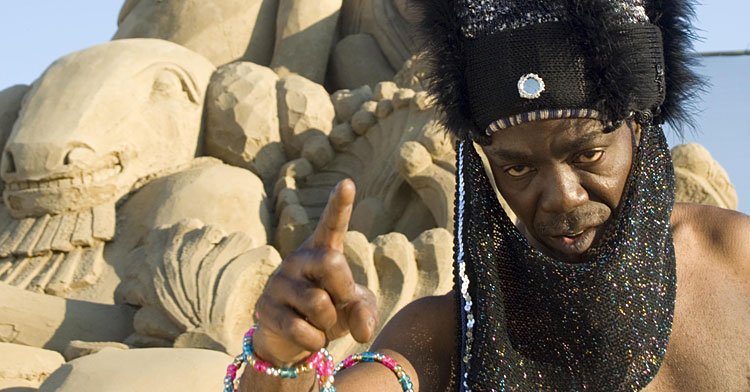
Balancing hand-knitting with machine-knitting to produce a textile with substance, Jools Elphick uses a knitting machine with varying needle gauges to create pieces of head-wear for “the theatre of life”. She uses a range of different hand-finishing techniques to produce work that is original and detailed, inspired by both tribal art and contemporary culture.
In our interview with Jools, she talks about how her work crosses the boundaries of art, fashion, costume and craft.
Combining materials
TextileArtist.org: What initially captured your imagination about textile art?
Jools Elphick: The possibilities of combining materials, textures – the structuring that suggested itself when working with these various mediums and the inadvertent nature of colour that happens when working within the tactile environment.
What or who were your early influences and how has your life/upbringing influenced your work?
I was sent to a Catholic Convent in Belgium at the age of eight. Everyday we used to have ‘Ouvrage’ – a time to sit quietly and contemplate, producing handwork, either very intricate crocheted pieces or knitted articles. I loved the peacefulness and the focus, and the fact that the time was alchemised into an actual 3D piece!
What was your route to becoming an artist? (Formal training or another pathway?)
I was always making things when I was younger, from knitted toys for my little brother to leather bags and macramé jewellery as a teenager. I decided to go to college as a ‘mature student’ of 21! I went along to my local polytechnic and showed them a portfolio of my work, they told me to go along to the technical college and get an A Level qualification in Art, (which I accomplished in three months) and was then accepted onto a Foundation Course in Art and Design at Leicester Polytechnic. Having completed that, a year later I started studying for a B.A. in Knitted and Woven Textile Design at (what was then Winchester School of Art).
Although I enjoyed my formal training, it was not until after I had left college and travelled, taking a keen interest in the textile construction of ethnic/tribal pieces, that I began to construct pieces with the aim of creating my own fashion knitwear label (KULT KNITZ 1986).
‘Sculptural speed’
What is your chosen medium and what are your techniques?
I am a hand-knitter who has devised a method of producing knitted fabric on knitting machines of varying needle gauges (fine/chunky) which is not as bland as knitted fabric produced in a mass production environment. I use yarns ranging from cotton chenille to copper wire – by working at what I call a ‘sculptural speed’ (slowly, with a hand-knitter’s intent!) I am able to knit some areas quite quickly on the machine, whilst then having the time to insert some time-consuming handwork, like grafting, embellishing etc. I also like to incorporate woven fabric (See The Machat Head-Dress and The Vespa Head-Dress has the sponge found in the inside of some yarns as the ear-pieces). For me, it is this ‘balance’ between hand and machine that achieves an interesting result.
How would you describe your work and where do you think it fits within the sphere of contemporary art?
My work crosses the boundaries of fashion, costume and craft, but my more sculptural pieces have been sought after by collectors of fine art.
Tell us a bit about your process and what environment you like to work in?
I like to work in a cosy and well-organised space, with good natural light, although I often work into the night so use daylight bulbs too!
I organise my knitting yarns by fibre and these are stored in transparent plastic boxes. I also collect feathers, old broken bits of interesting jewellery and interesting pieces of old textiles to incorporate into my work when required.
I’m usually inspired by something visual, but am also a keen music fan and have a page on Soundcloud with quite a few ‘Followers’!!! Music is as necessary as yarn to my creativity!
A space for creativity
Do you use a sketchbook?
I use a sketchbook to jot down ideas – I tend to avoid getting too involved with the drawing of ideas, preferring instead to jump in and develop ideas on the machine. I think it is important sometimes not to know what is going to happen, because that leaves a space for creativity to come in and surprise you!
What currently inspires you and which other artists do you admire and why?
There is a brilliant exhibition of the work of William Blake in my local Ashmolean museum which is giving me a lot of ideas at this present moment, which will probably appear in my Autumn/Winter 2015 Collection.
I admire the creativity of a young fashion/accessories designer based in Cockpit Arts Studios in Holborn, London. Laura Theiss creates beautifully structured and totally original work.
Tell us about a piece of work you have fond memories of and why?
At the time of the Tianamen Square uprising in the late 1980’s, I was beginning to experiment with structuring knitwear using everything from plant sticks to spectacle frames. I was so touched by the bravery of the young student who stood his ground, on his bicycle before a mighty tank that I was thinking a lot about balance…
The result was my first sculptural piece, THE PEKING HEAD-DRESS. This was constructed on a fine and a chunky gauge machine, using organic (silk) and man-made (extruded polypropylene) fibres, as well as cotton and metallic threads. The fine knitted silk (red) was a doubled fabric, and so weightier than the open-knit polypropylene (blue), creating a fabric that worked against itself but using two plant sticks inserted at either side, result in a balance, a harmony of the whole. I was really pleased when this piece was acquired by the drama department of Swinburne University of Technology in Melbourne, Australia, as it has always been my intention to take knitting into fine art, and I had just sold my first piece of work to a collector!
Discover your own signature
How has your work developed since you began and how do you see it evolving in the future?
I have ideas which I can immediately translate into a 3D piece (whereas it would take me up to 6 weeks to produce a finished article when I first started!) I enjoy working to commission and am presently building my website and intend to develop a more global client base. I also have several ideas for more sculptural pieces and am currently involved in developing ideas for costume pieces to be used in music videos.
What advice would you give to an aspiring textile artist?
I think it is important to discover your own individual signature and develop it – do not be tempted to abandon your approach either because of adverse reaction or financial gain, because in the end if you lose that connection to your art, you will lose interest…
Can you recommend 3 or 4 books for textile artists?
The only books I would recommend are ones that inspire me visually – BEFORE THEY PASS AWAY by Jimmy Nelson , a photographic documentary of vanishing tribal cultures and STEVE McCURRY – THE ICONIC PHOTOGRAPHS.
Resources, tools and exhibitions
What other resources do you use? Blogs, websites, magazines etc.
I use social media and the web to gather information, inspiration. I tend to flit between a great deal of sites and cannot state any particular one!
What piece of equipment or tool could you not live without?
Dare I say ‘My iPhone’…..?!
Do you give talks or run workshops or classes? If so where can readers find information about these?
I have often been invited to give talks to local knitting/spinning and embroidery guilds, as well as colleges and the Courtauld Institute of Art in London. I can be contacted via email on my website.
How do you go about choosing where to show your work?
Usually I am approached or, when I first started I used to exhibit at the Chelsea Crafts Fair, and this used to lead to invitations to show my work at other venues. I have exhibited my work all over the UK and abroad, but due to a knee injury I am taking time out this year and concentrating on selling via my website.
Where can readers see your work this year?
www.joolselphick.com and www.behance.net/joolselphickknitwear
(Notable Facts) – The film director Ridley Scott and his (then) wife Sandy Scott visited my exhibition at Chelsea Crafts Fair in 1994. The director expressed amazement and great interest in my display of work, asking me ‘Where do you get all your ideas?’, and his wife was excited when she saw my ‘Peking Head-Dress’ and asked me whether I could design a similar head-dress for a princess… (it seems she was costume scouting on behalf of George Lucas for the then up-coming ‘Star Wars – The Prequel’) Although she commissioned a hat for herself, I was unable to work on the film costume due to my family commitments at the time.
All photographs by RICHARD BALL@insightproimage
For more information please visit: www.joolselphick.com and www.behance.net/joolselphickknitwear
If you’ve enjoyed this interview with Jools let us know by leaving a comment below

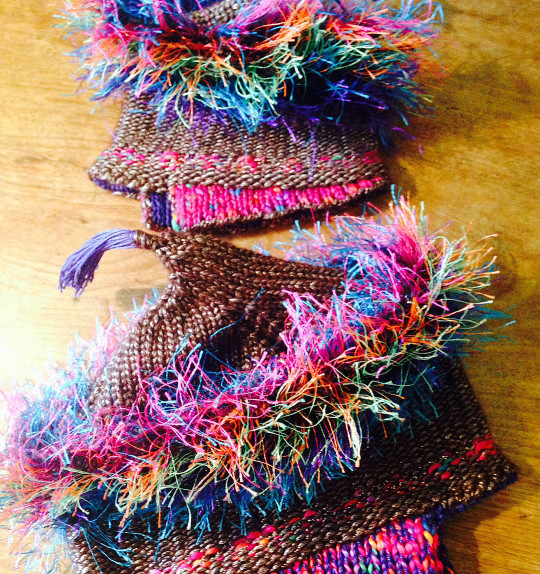
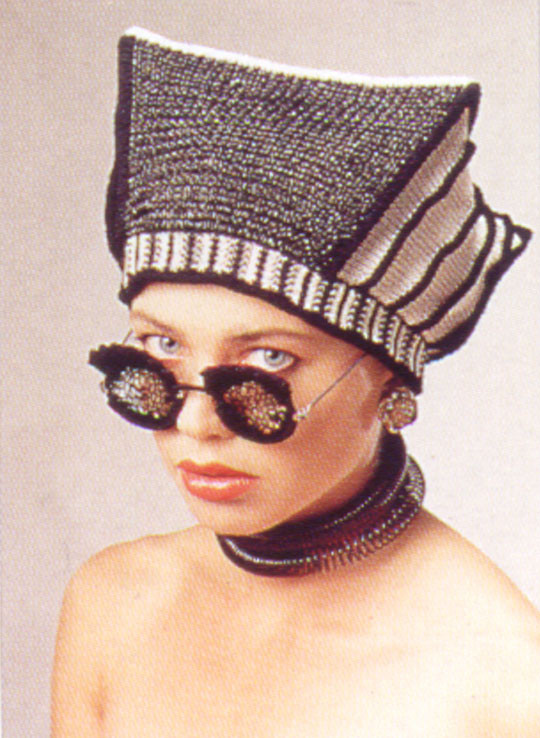
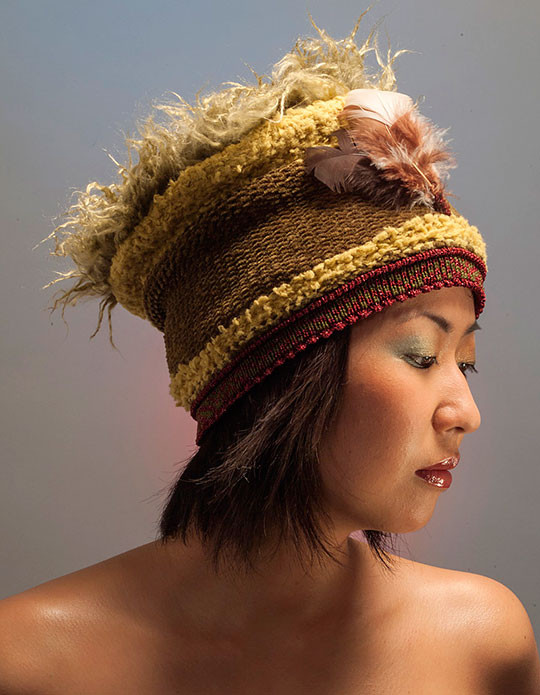
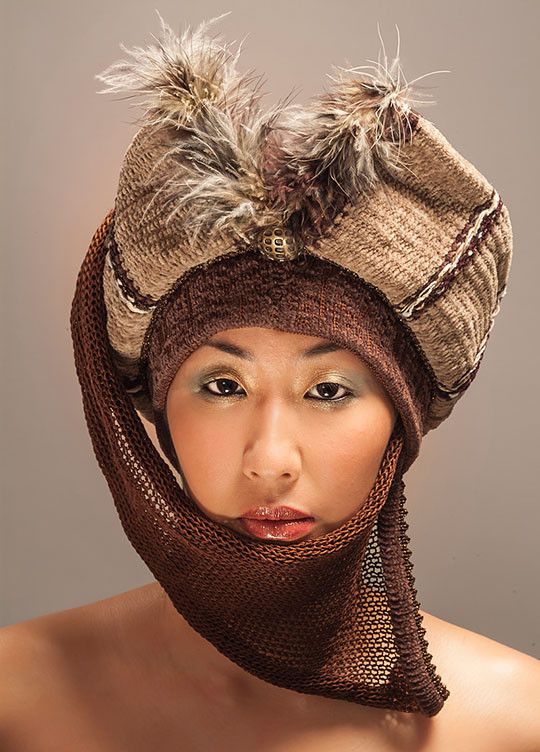
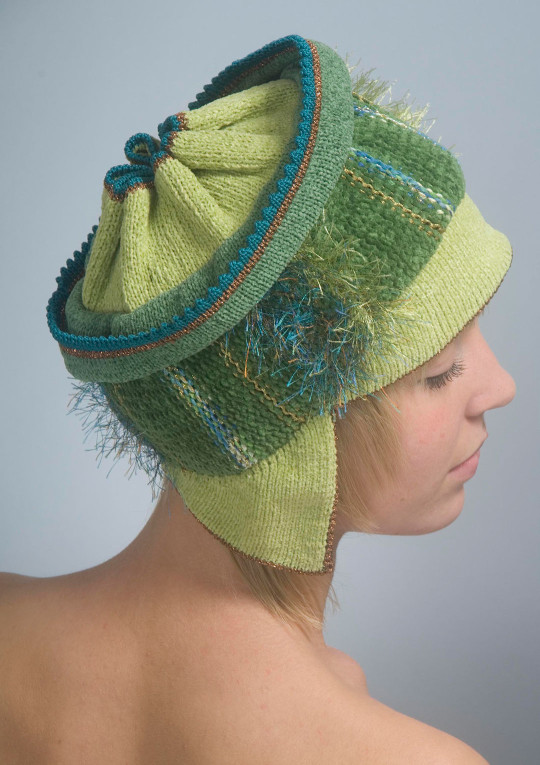
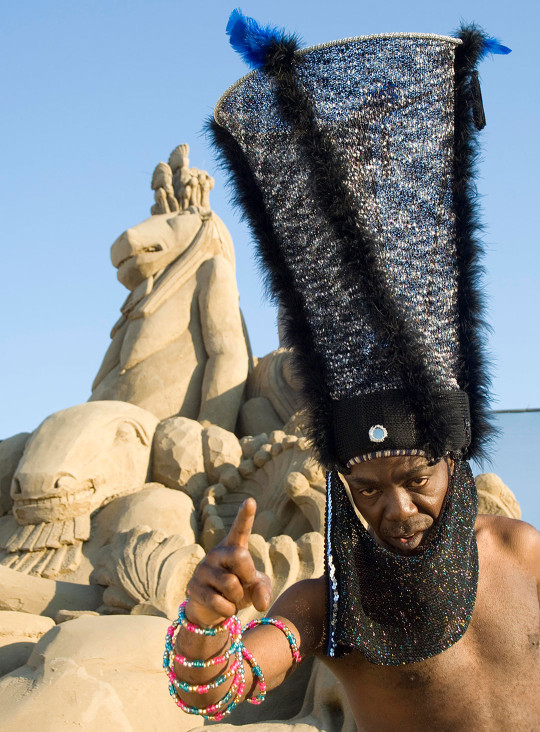
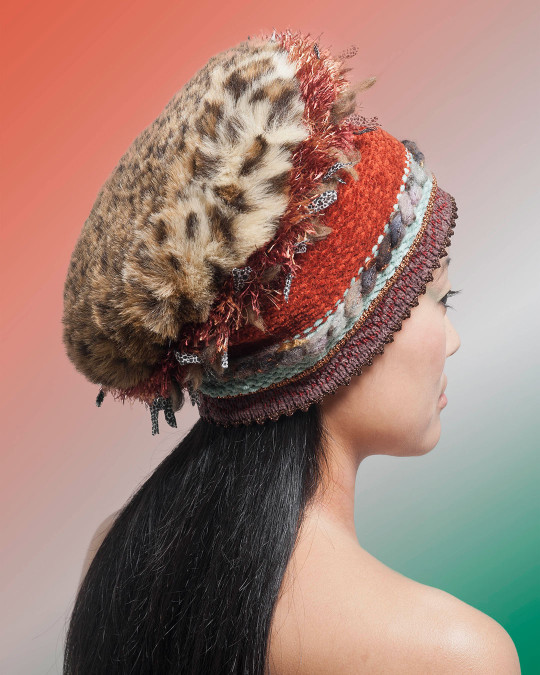
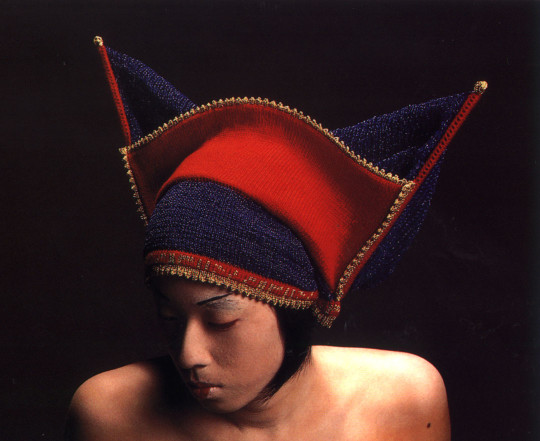
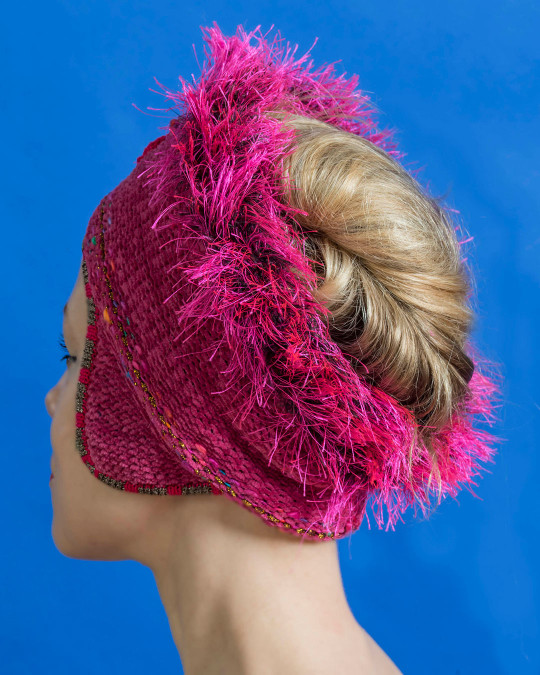
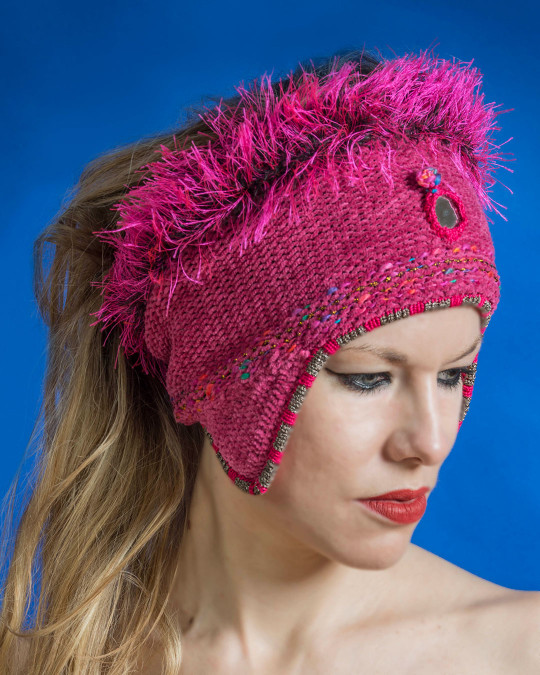
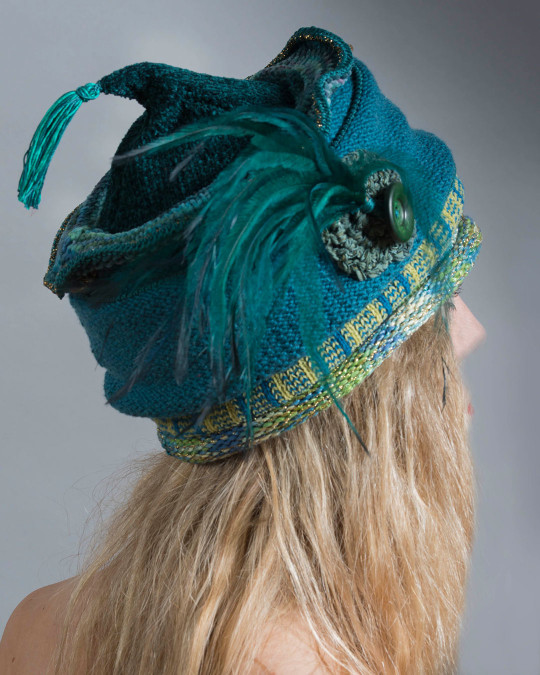
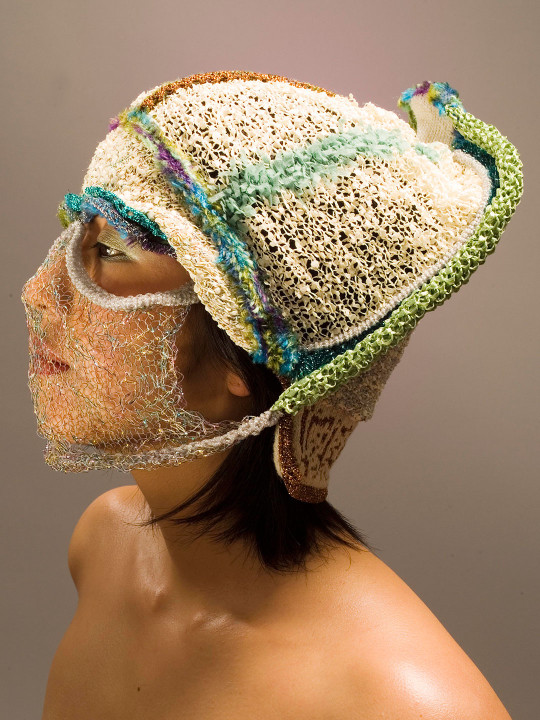
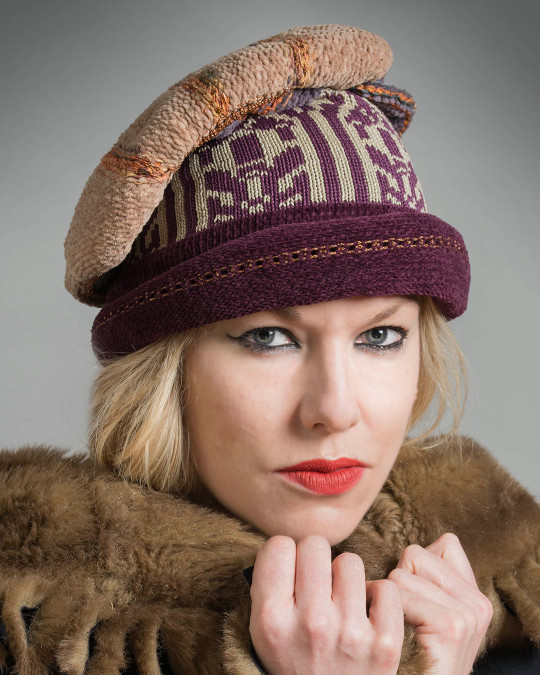
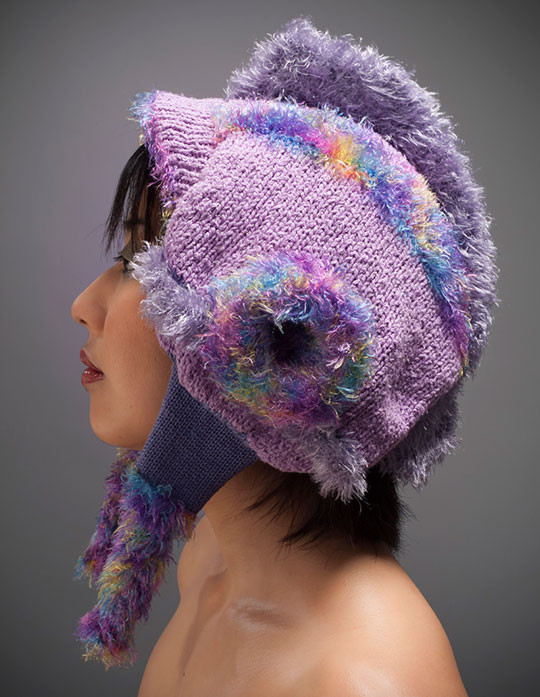















All I can say is wow. So inspiring